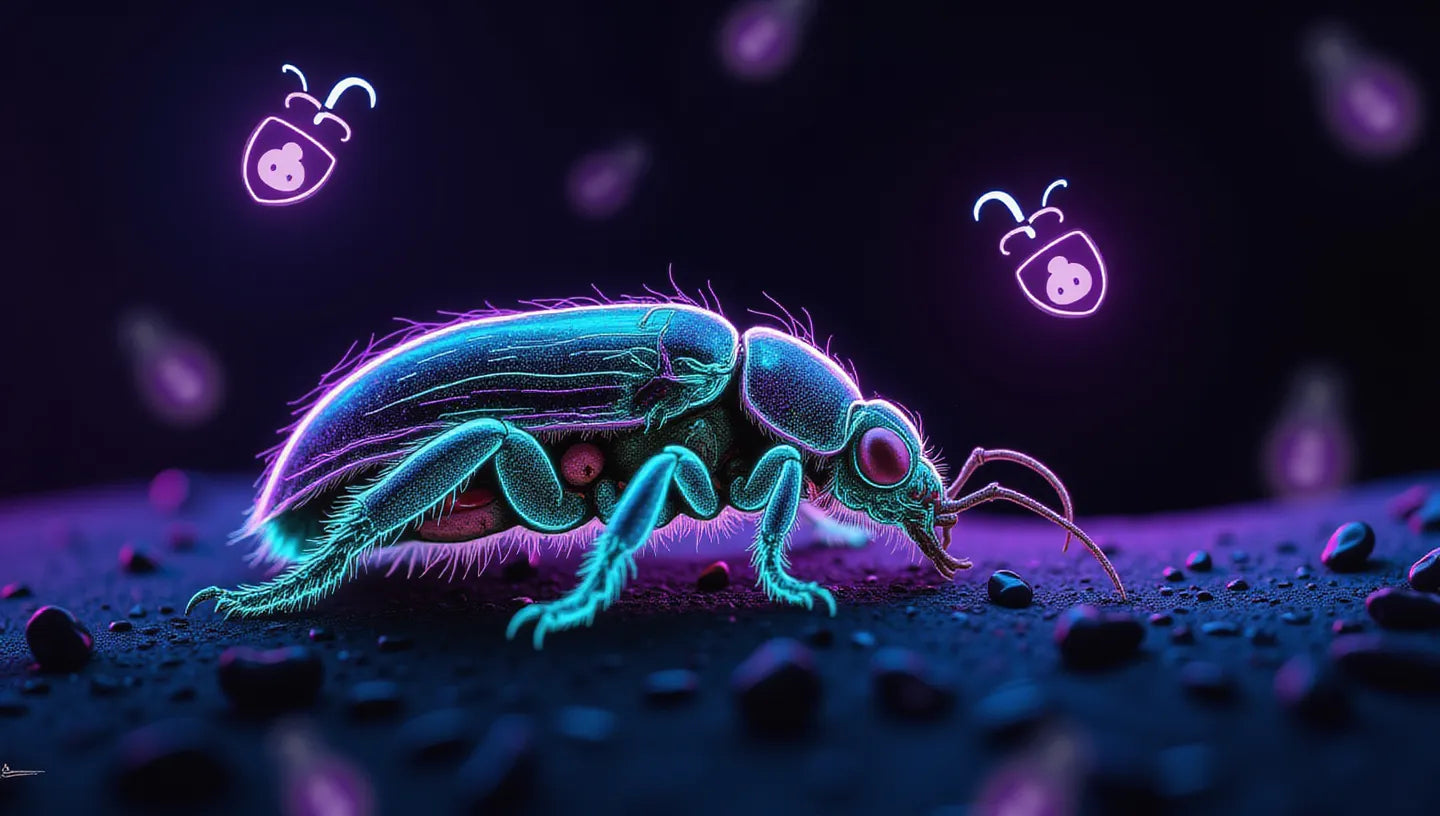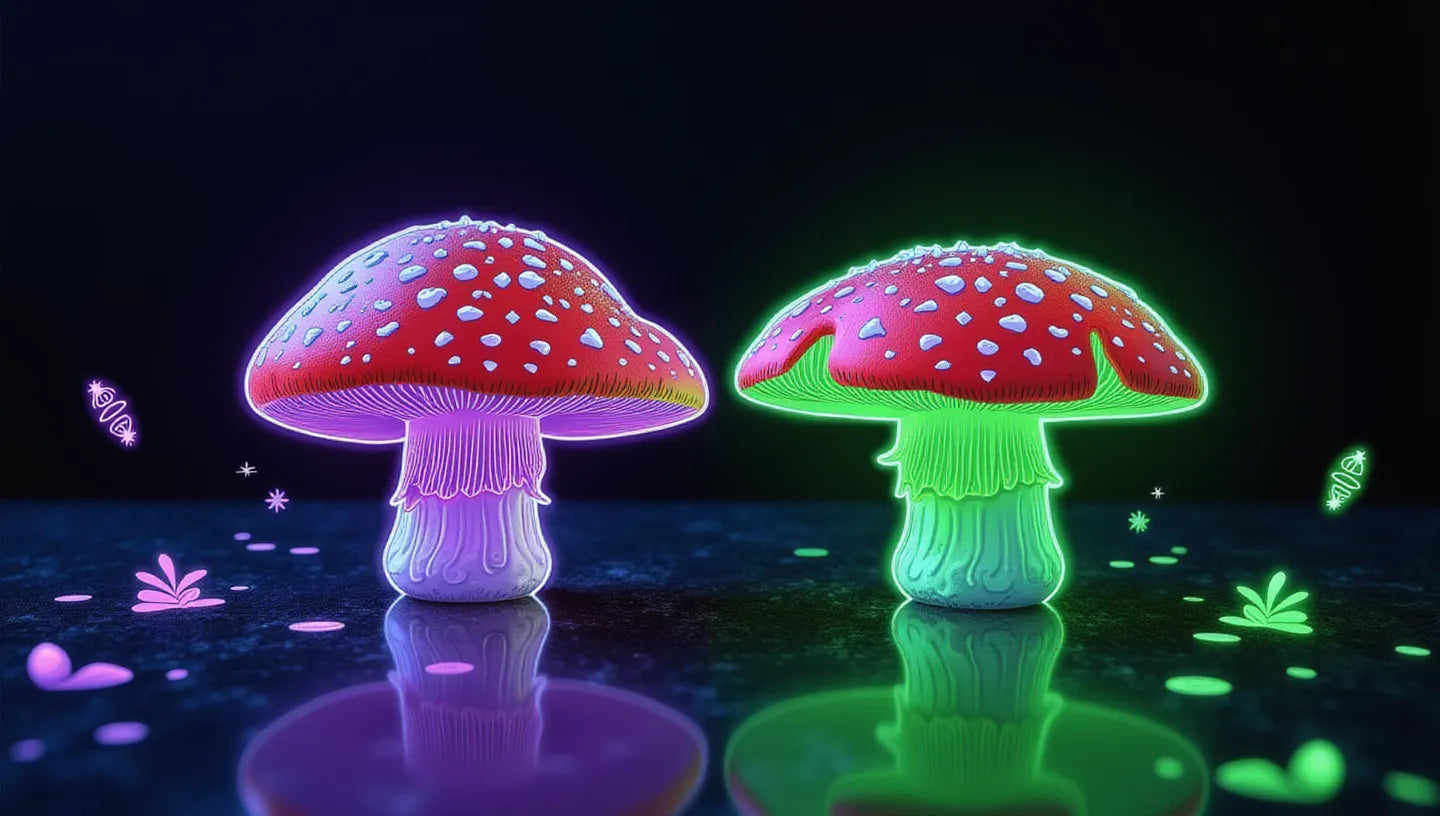Grower's Glossary
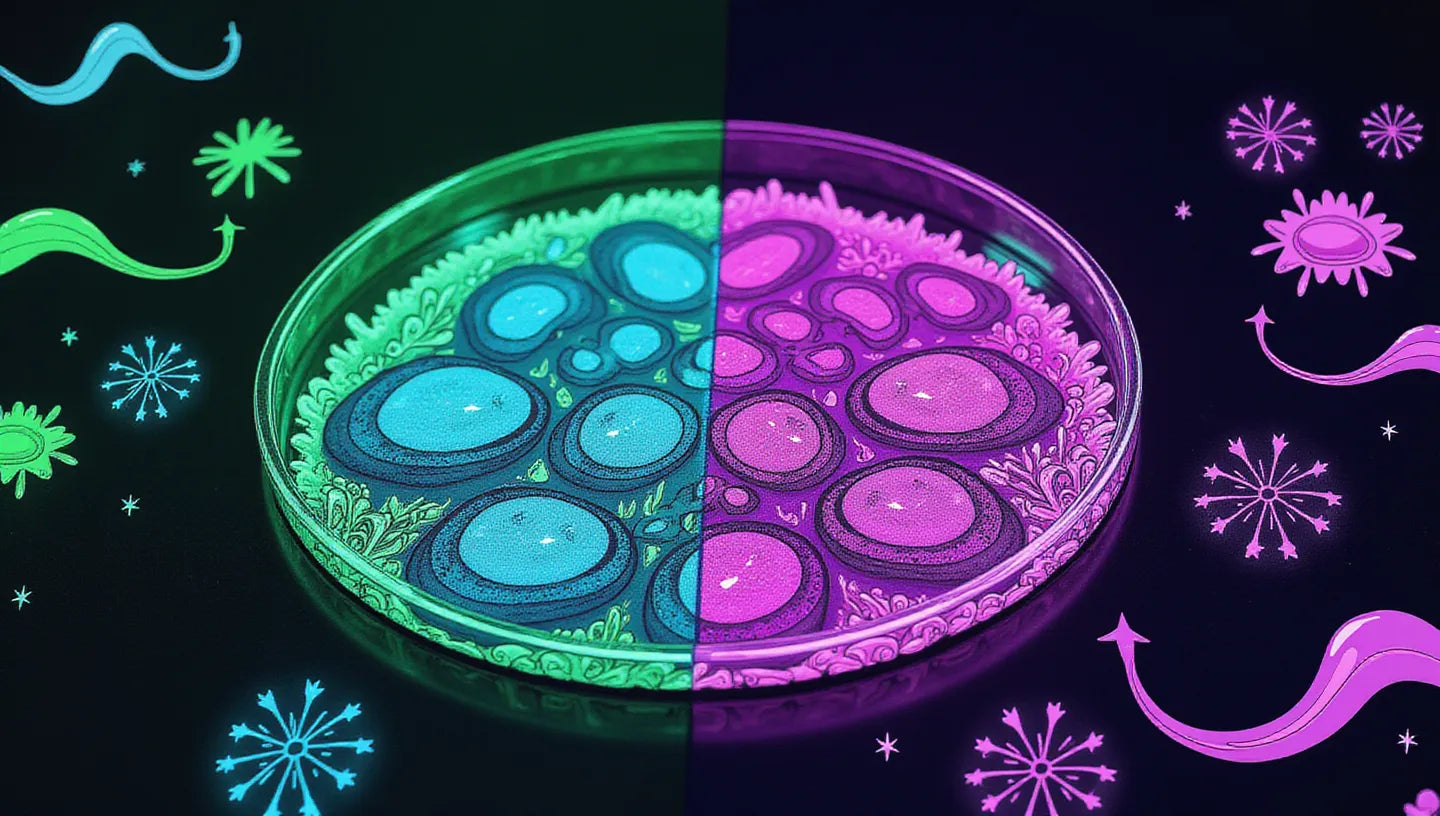
Monokaryotic vs Dikaryotic Mycelium: What’s the Difference?
Discover the difference between monokaryotic and dikaryotic mycelium, how they grow, make mushrooms, power ecosystems, and why it matters for mushroom growers.
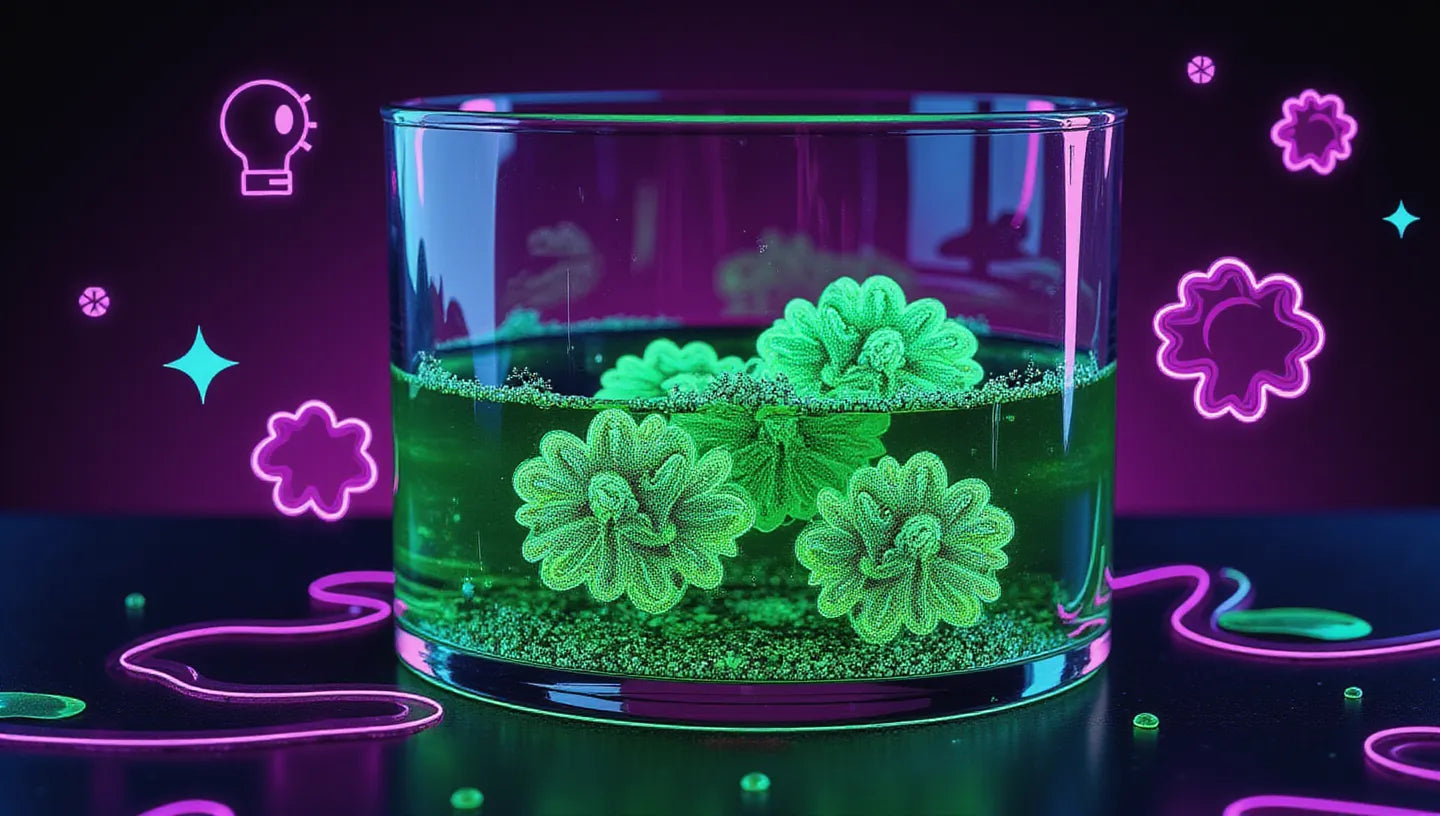
Fungal Morphology: How Does It Affect Fermentation?
Learn how fungal morphology—pellets vs. dispersed growth—affects oxygen flow, metabolite yields, and fermentation efficiency in both labs and home grows.
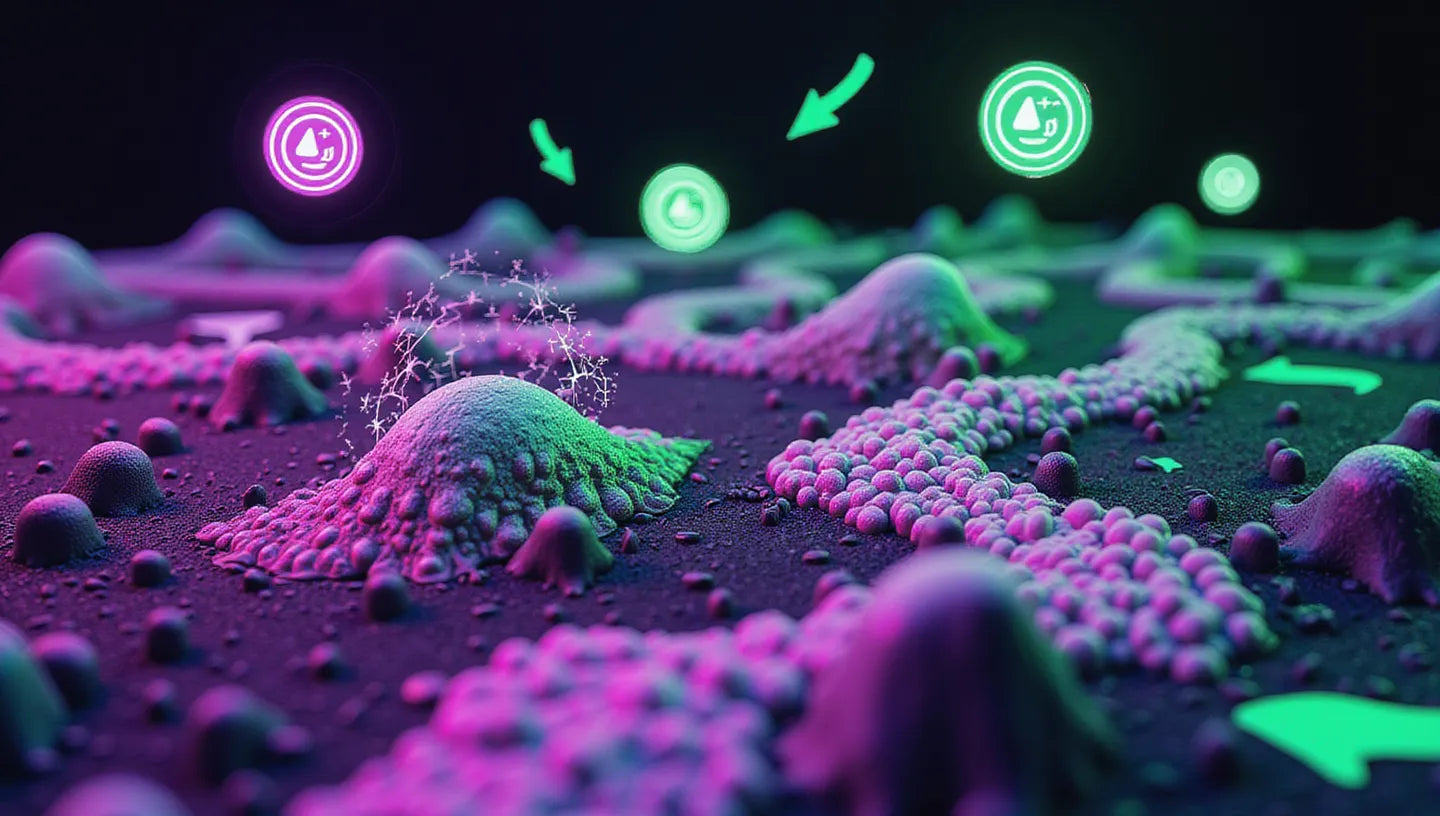
Mycoremediation: Can Fungi Really Clean Our Planet?
Discover how fungi act as nature’s cleanup crew—breaking down oil, chemicals, and even some heavy metals through mycoremediation to help restore polluted soil and water.
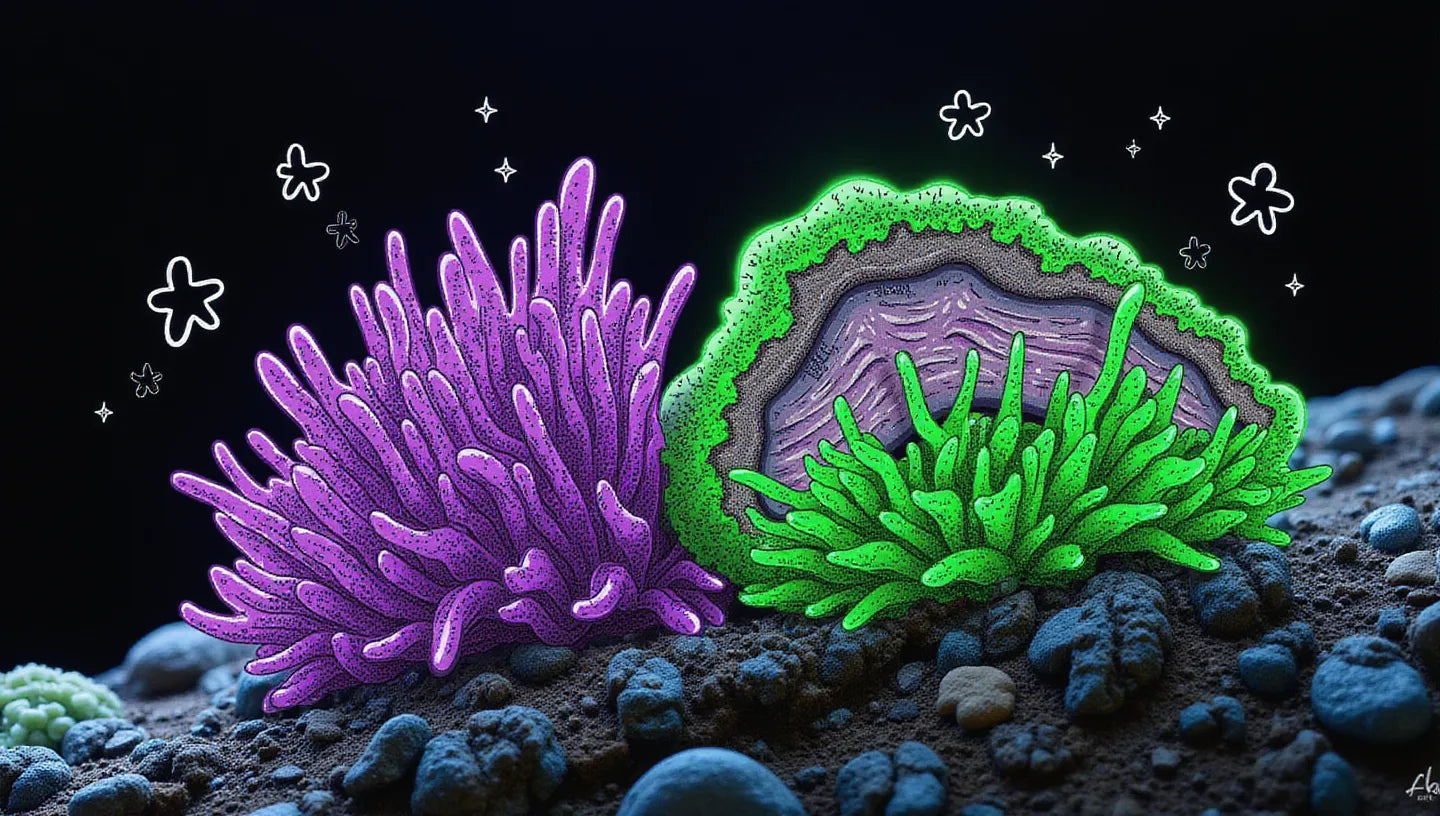
Lichen: Are They Plants or Something Else?
Discover how lichens survive harsh extremes, partner across species, signal air quality, and reshape what we know about fungi, symbiosis, and life on Earth.
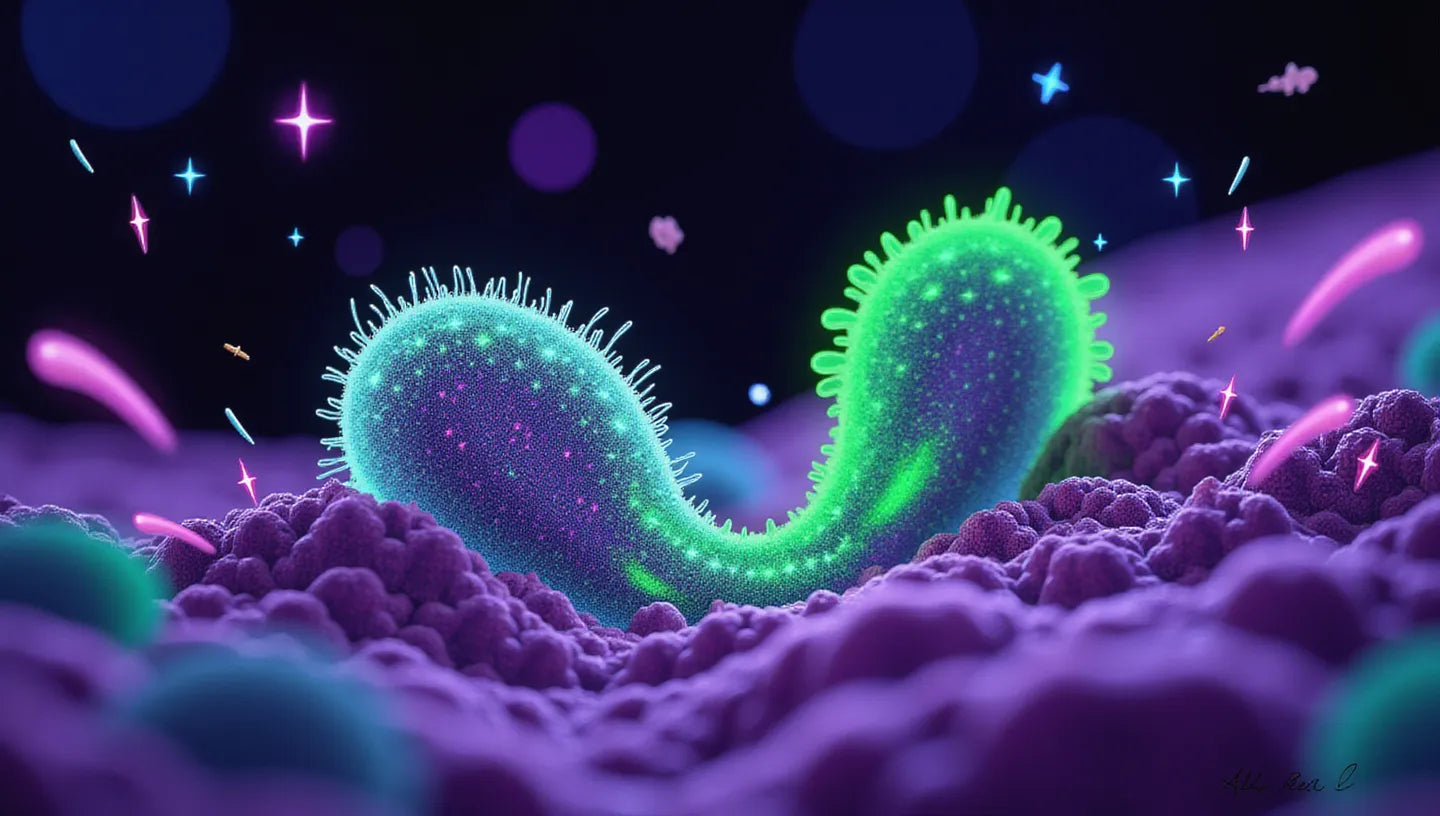
Sexual Selection in Fungi: Does It Really Exist?
Explore how fungi mate—from thousands of mating types and pheromone signaling to nuclear “competition”—and what fungal sex reveals about evolution and mushroom cultivation.
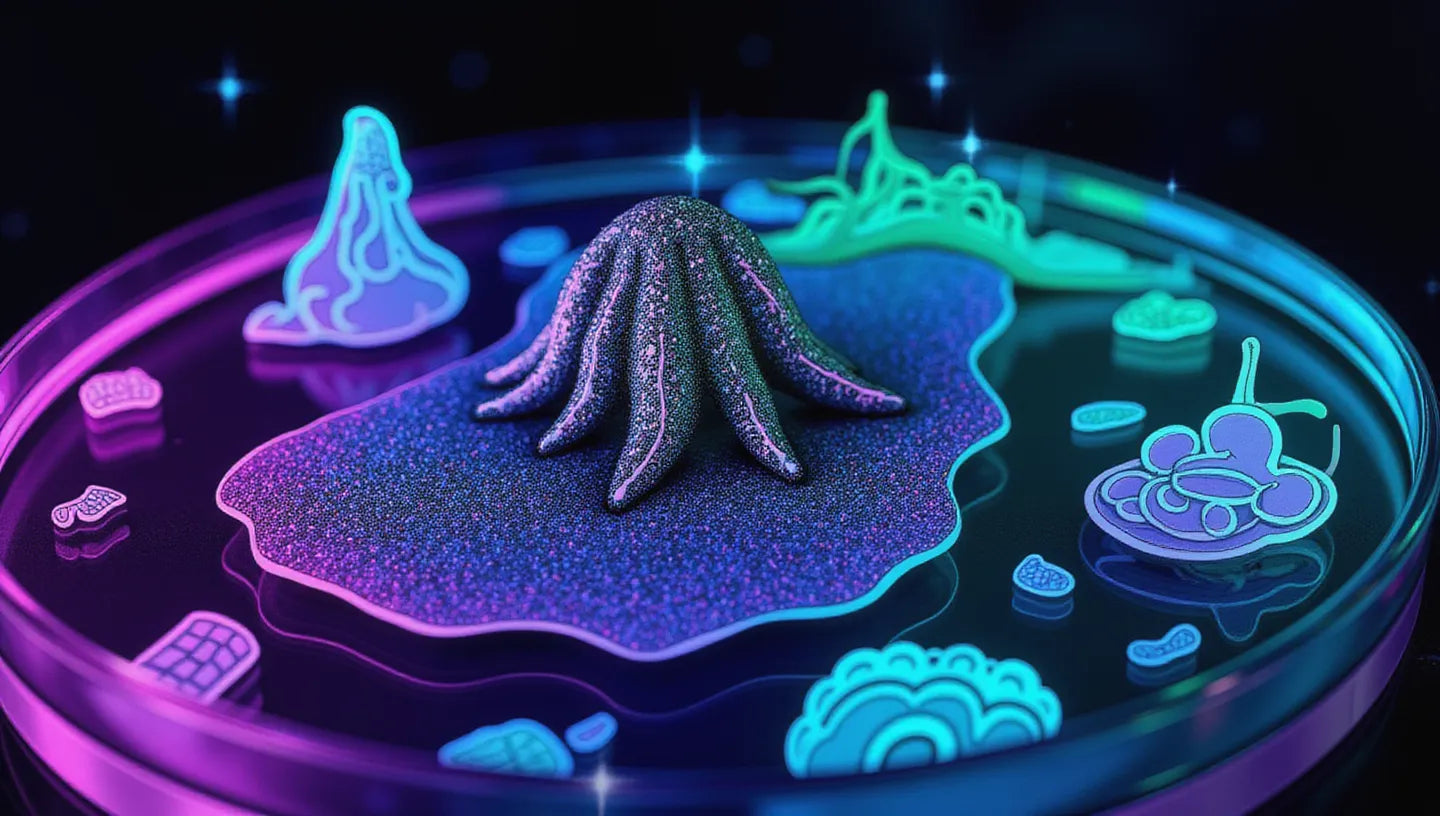
Lugol's Iodine
Learn how Lugol’s iodine enhances cancer detection, stains fungal cells, and powers microscopy—bridging medical diagnostics and mycology with one versatile reagent.
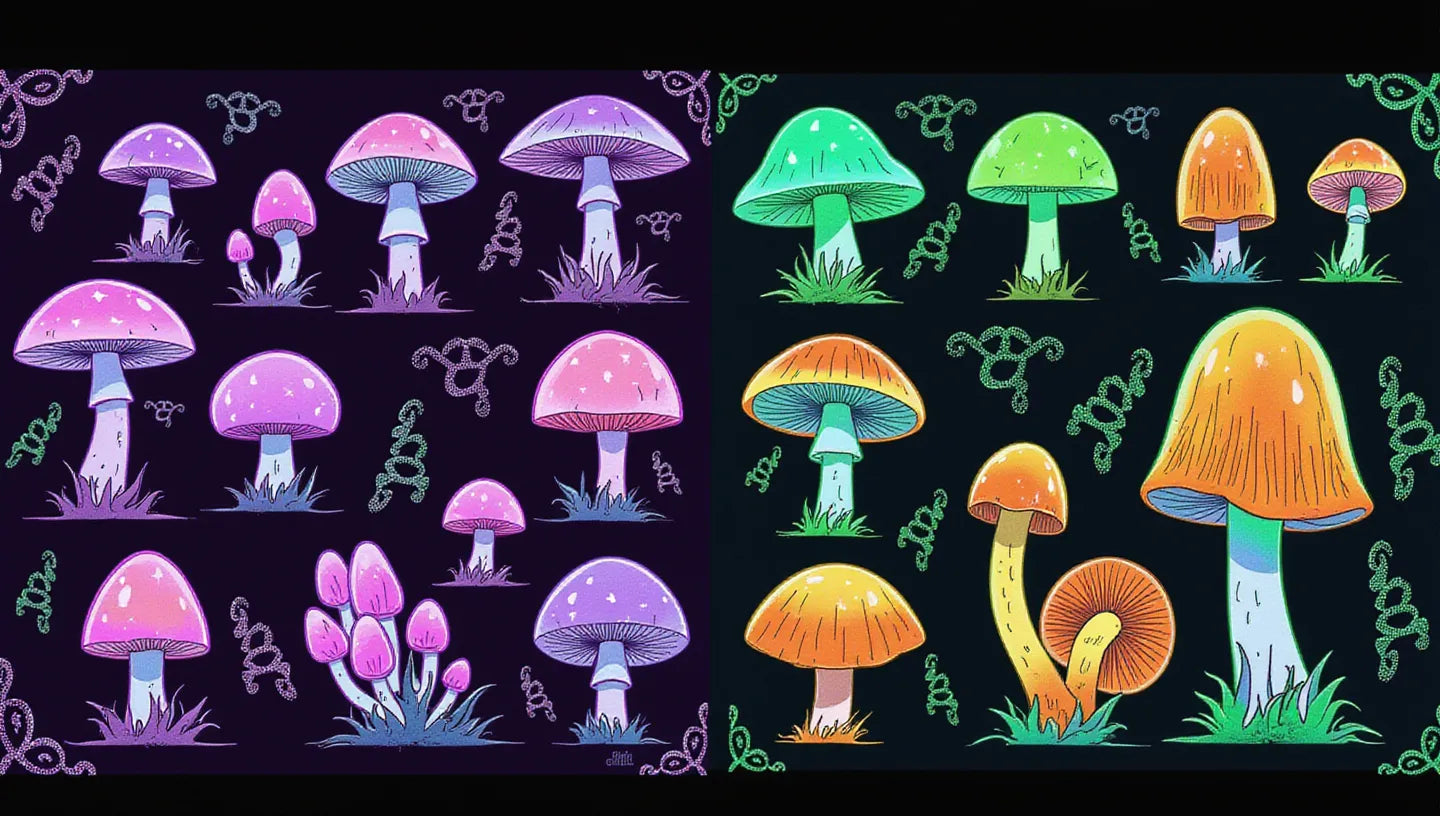
Fungal Species
Explore how fungi are defined as species, why genetics reshaped classification, and why accurate fungal ID matters for safety, research, and cultivation.
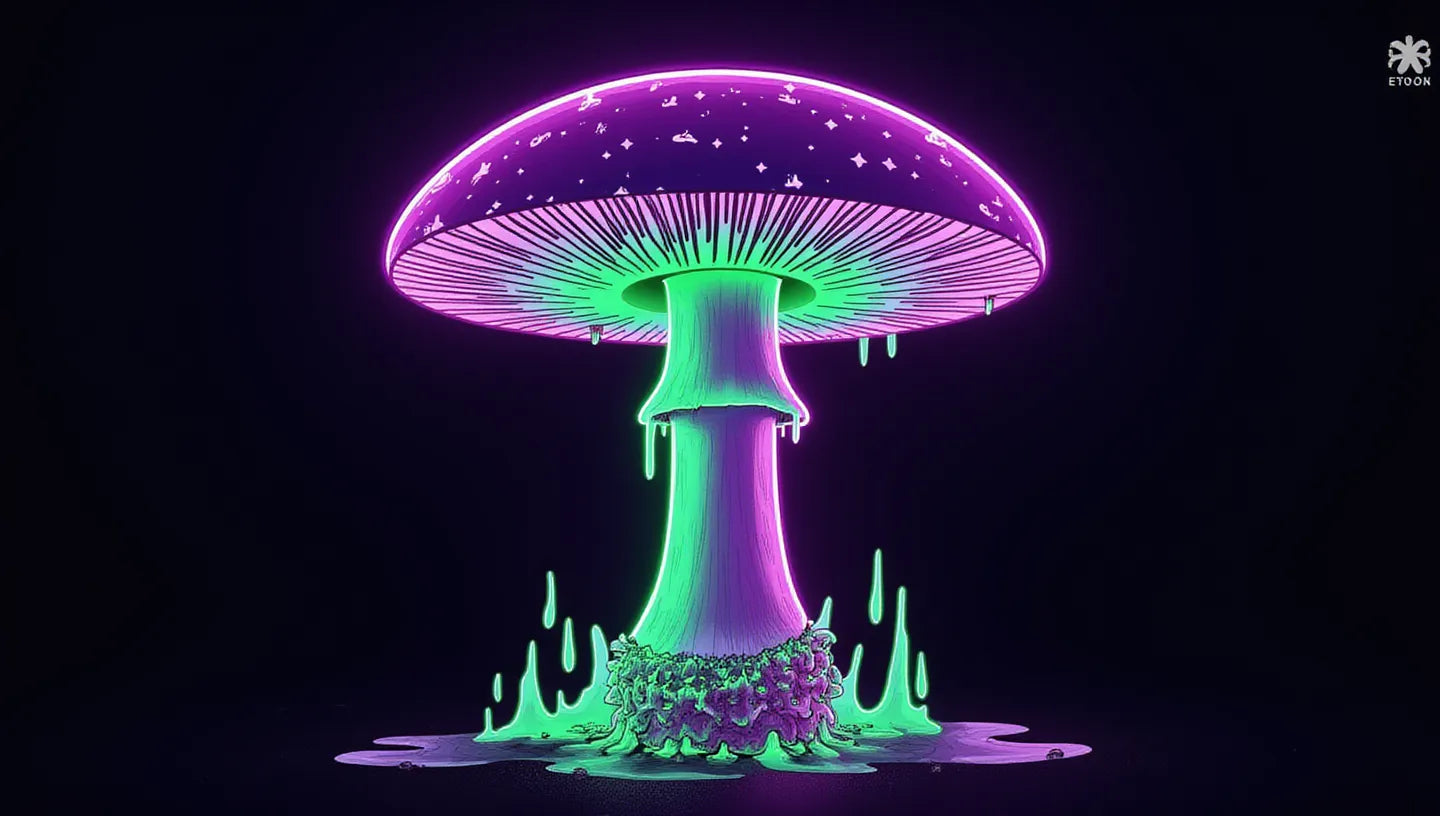
What Is an Annulus in Mushrooms?
Learn what the annulus (stem ring) is, how it forms from the partial veil, and why it’s crucial—but never foolproof—for safe mushroom ID and cultivation.
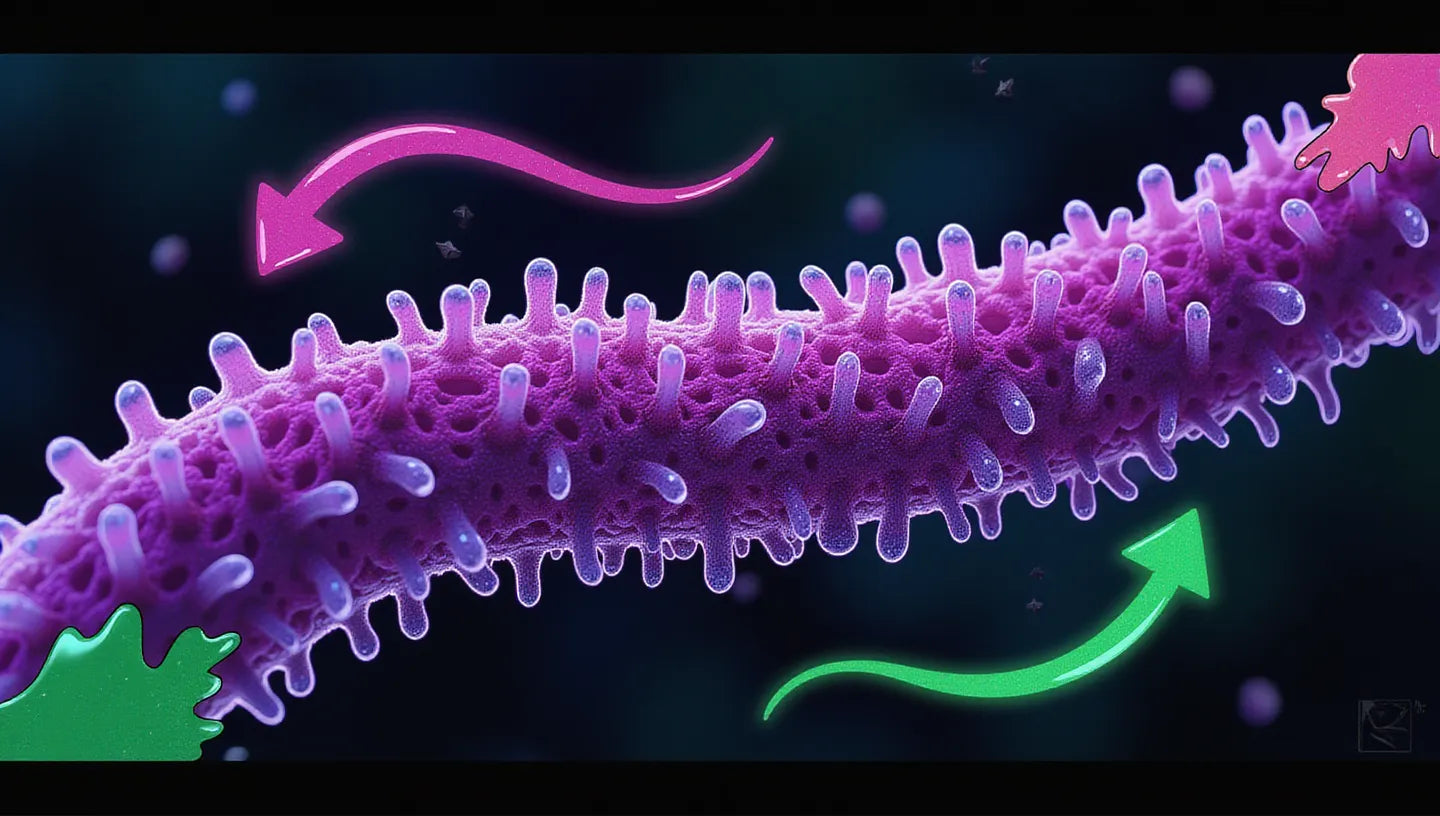
Hyphal Systems: Do They Strengthen Fungal Structures?
Discover how fungal hyphal systems shape mushroom strength, structure, and sustainability—from monomitic softness to trimitic durability for eco-friendly materials.
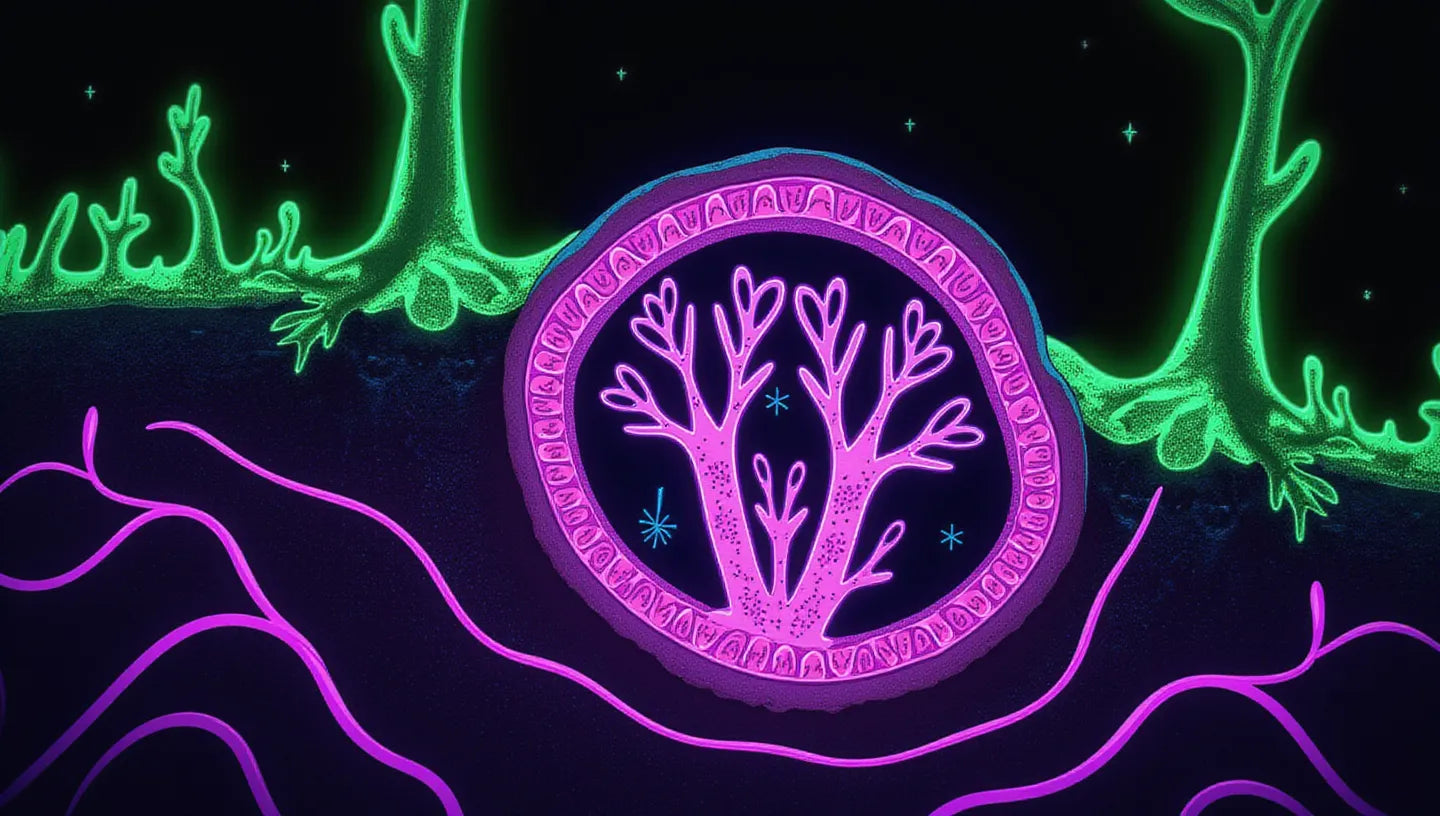
Endomycorrhizal Fungi: Are They Vital to Plant Growth?
Discover how endomycorrhizal fungi supercharge plant growth, nutrient uptake, drought resistance, and soil carbon storage—powering healthier, more resilient ecosystems.

Exciple Meaning: Is This Word Still Used Today?
Discover how endomycorrhizal fungi supercharge plant growth, nutrient uptake, drought resistance, and soil carbon storage—powering healthier, more resilient ecosystems.
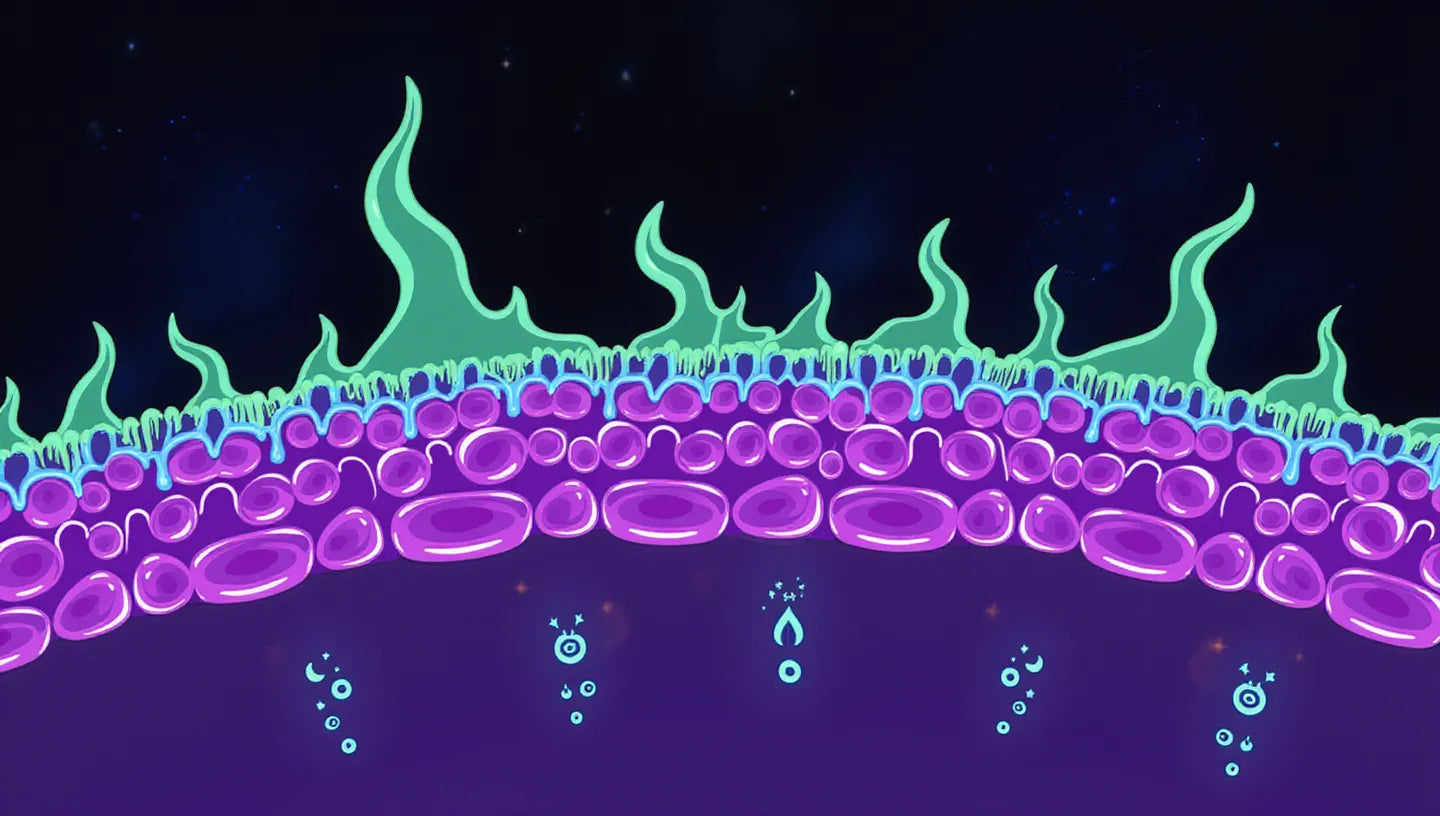
Epithelial Tissue: What Is It and Why Does It Matter?
Explore how epithelial tissue protects your body, supports immunity, and how nutrition and medicinal mushrooms can strengthen these vital barrier cells.

Hyphae Structure: What Makes Fungi Grow?
Explore how fungal hyphae grow, fuse, and form powerful mycelial networks that drive nutrient uptake, defense, reproduction, and sustainable biomaterial innovations.
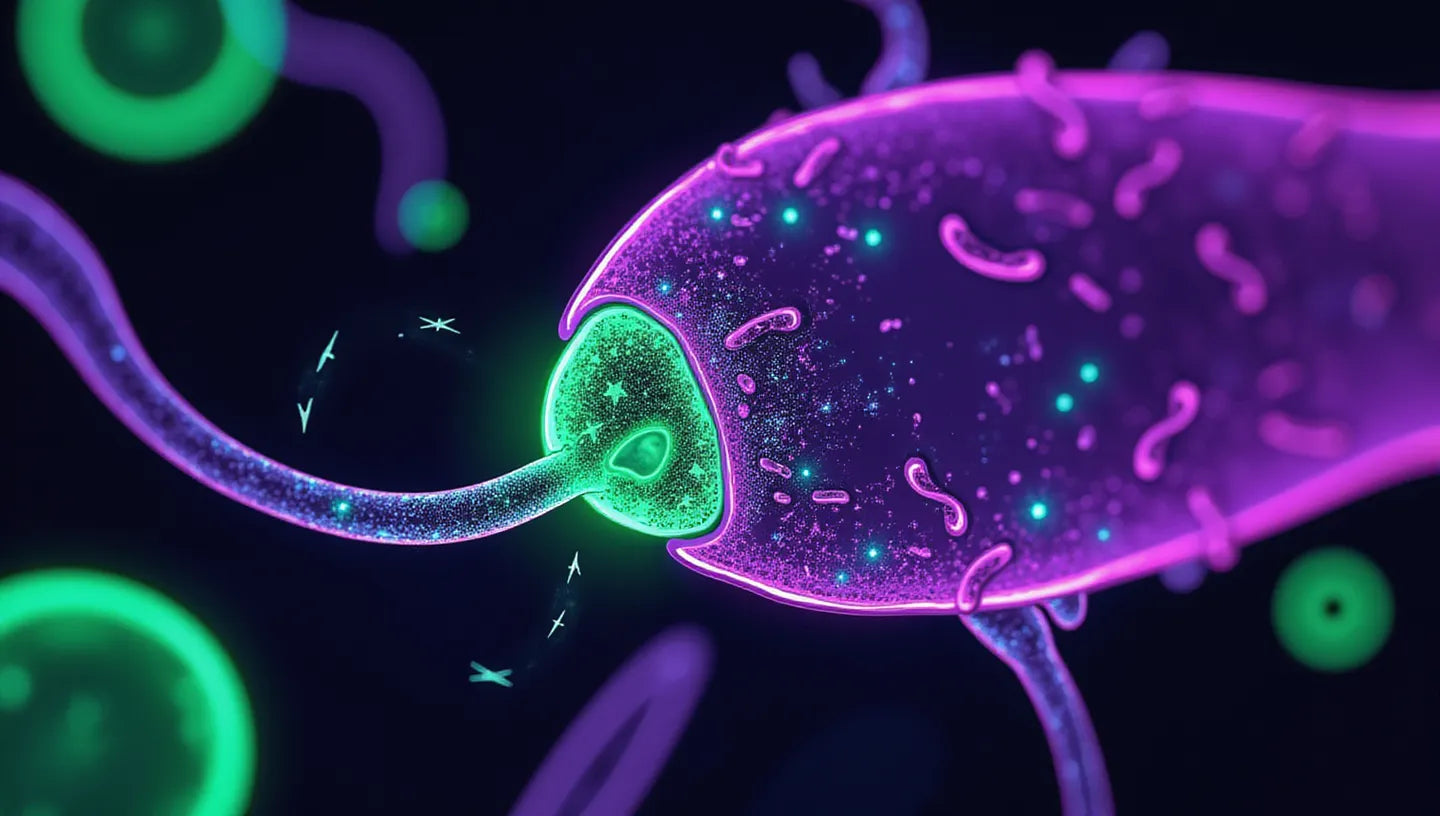
Germ Tube Test: What Does It Detect in Fungi?
Learn how the germ tube test rapidly identifies Candida albicans, guides life-saving antifungal treatment, and helps spot yeast contamination in mushroom grows.

Hymeniform (Pileipellis)
Discover what the pileipellis is, how its microscopic structure helps identify mushroom species, and why it matters for growers, foragers, and mycology work.
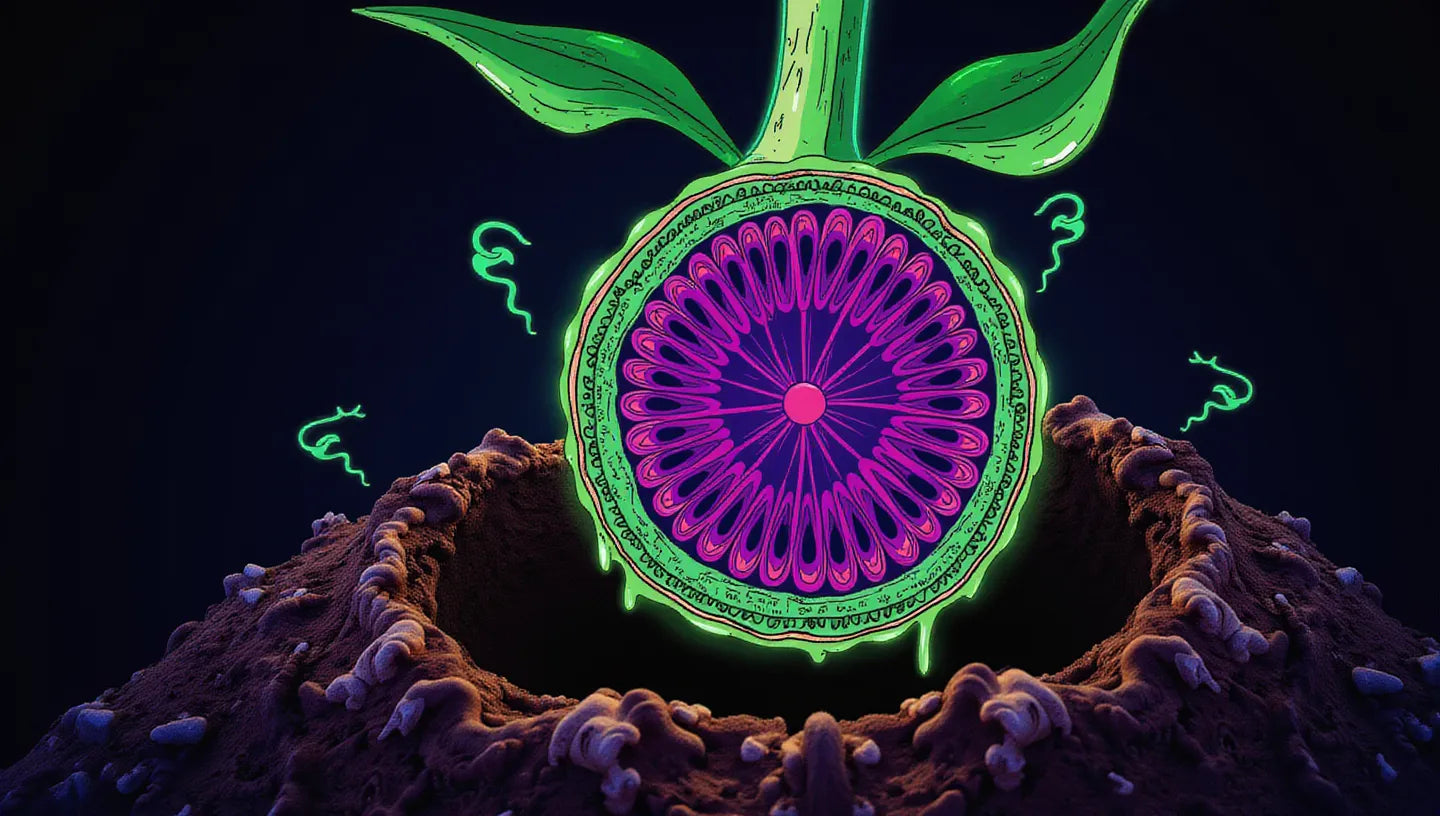
Ectomycorrhiza: How Does This Root-Fungal Symbiosis Work?
Explore how ectomycorrhizal fungi partner with tree roots to boost nutrient uptake, strengthen soils, and help forests stay resilient in changing climates.
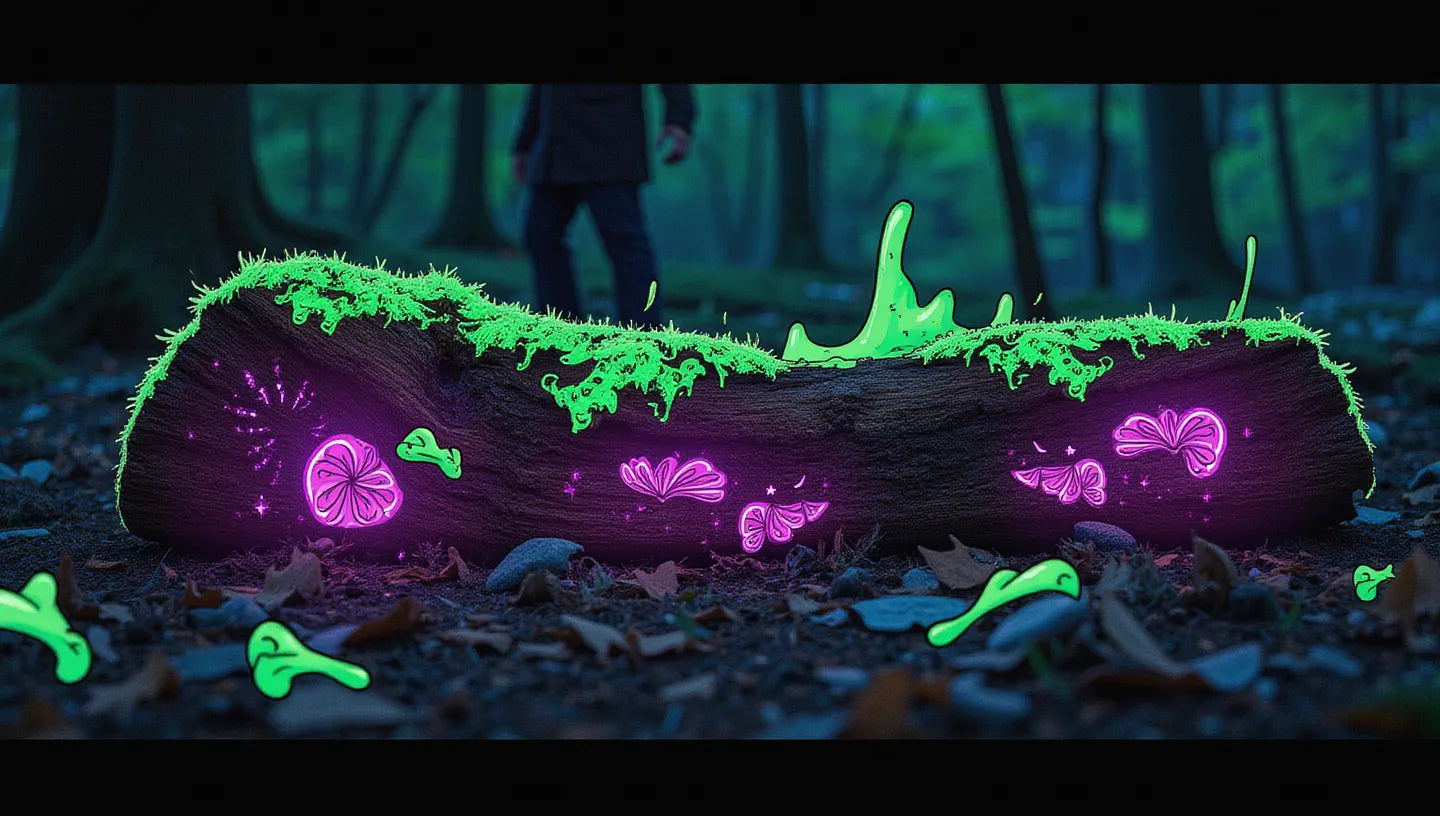
What Are Decomposers & How Do They Work?
Learn how decomposers like fungi, bacteria, and mycelium recycle dead matter into nutrients, enrich soil, and power healthier, more resilient ecosystems.

What Is a Haustorium in Fungi and Plants?
Discover how haustoria help parasitic fungi and plants invade hosts, steal nutrients, and impact crops—and why understanding them matters for growers and science.
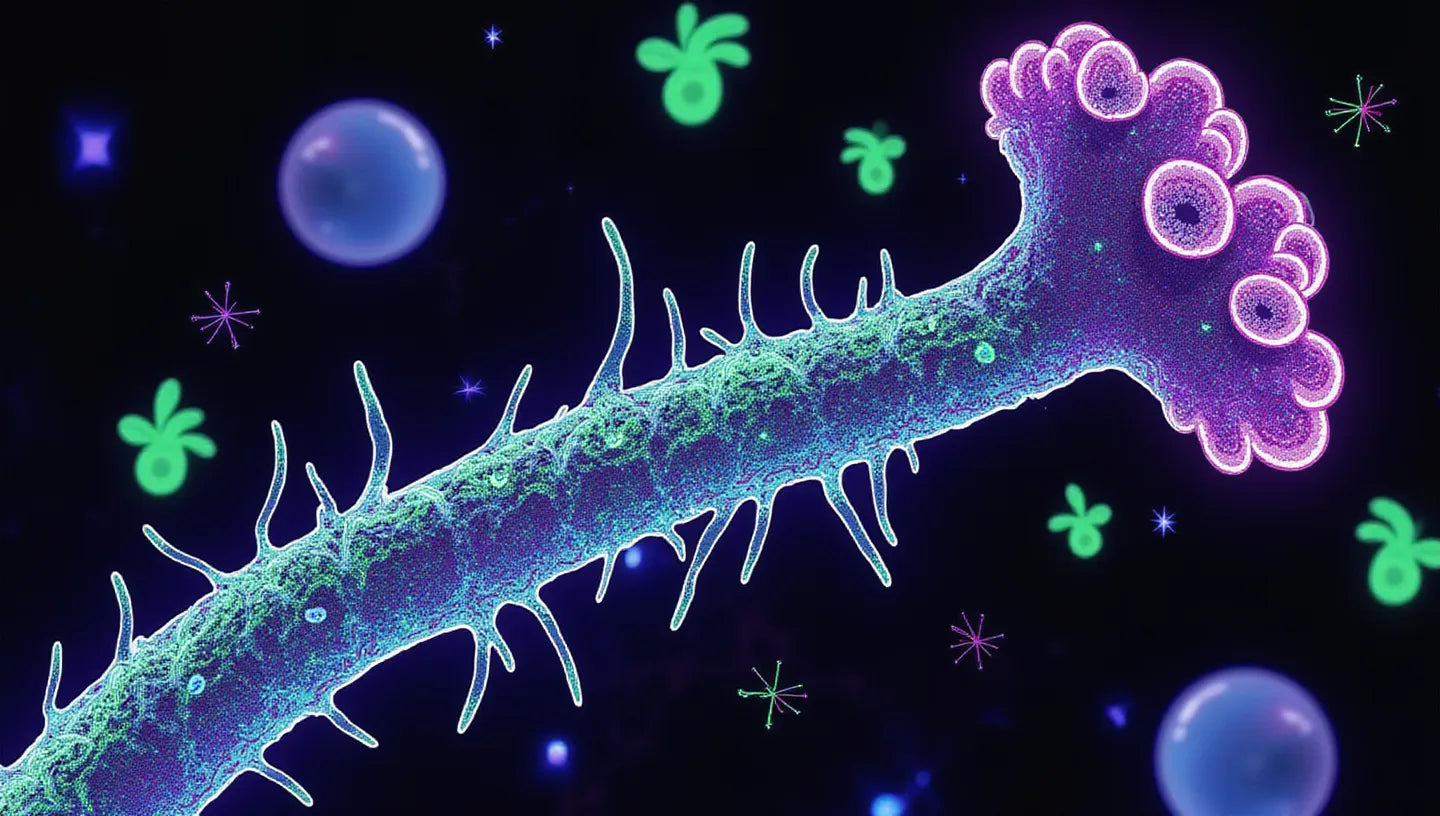
Conidiophore Structure: Why Does It Matter?
Discover what conidiophores are, how fungi use them to produce spores, and why they matter for identification, plant health, contamination, and cultivation.
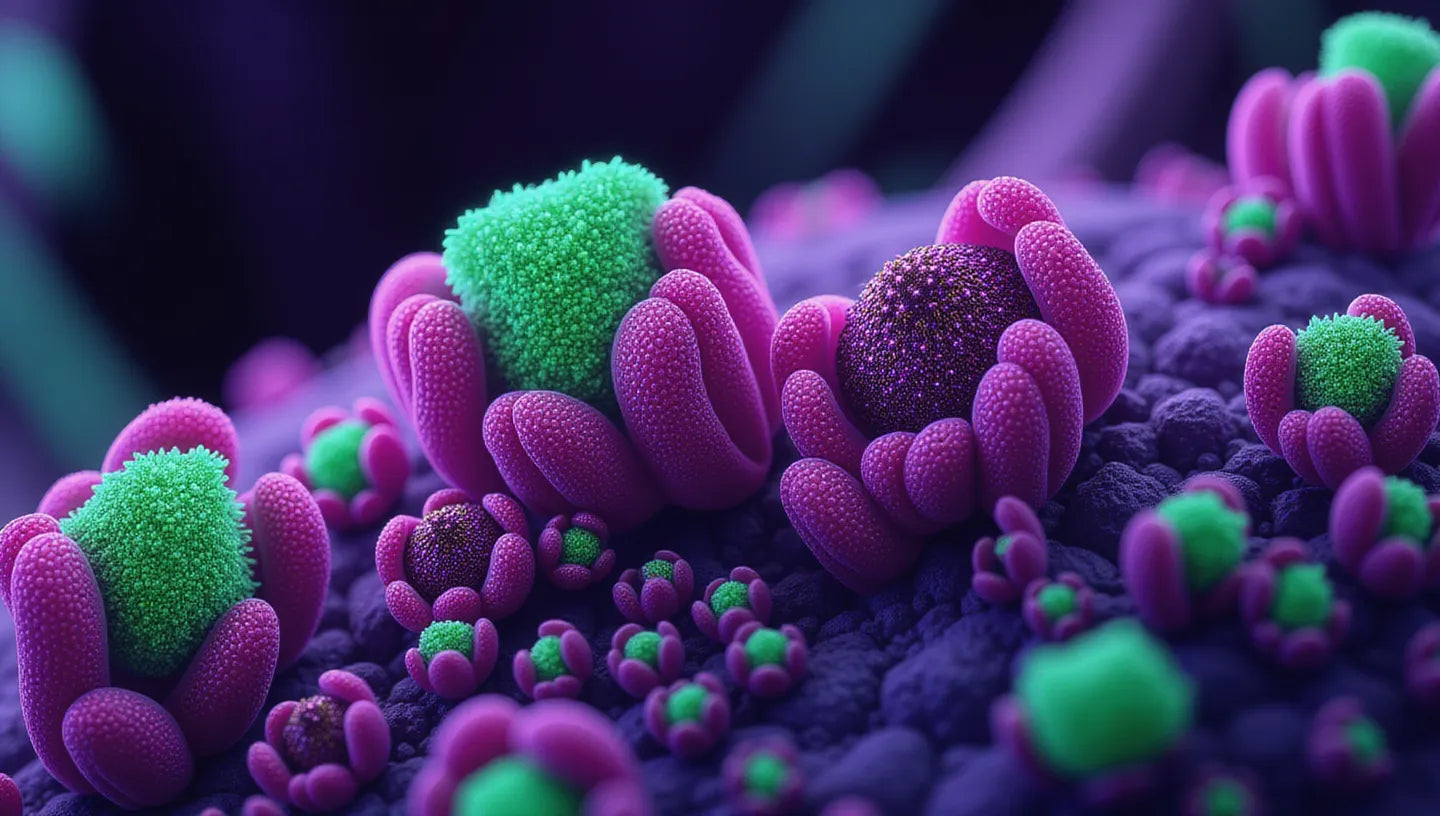
Metuloid Meaning: What Is a Metuloid in Mycology?
Metuloids are thick-walled, crystal-tipped cystidia that help identify tricky mushroom species under the microscope. Learn what they are, where they appear, and why they matter.

Melzer's Reagent: Still Useful in Mycology?
Learn how Melzer’s reagent reveals amyloid and dextrinoid spore reactions, where it still beats DNA for quick ID, and which safer alternatives hobbyists can use.
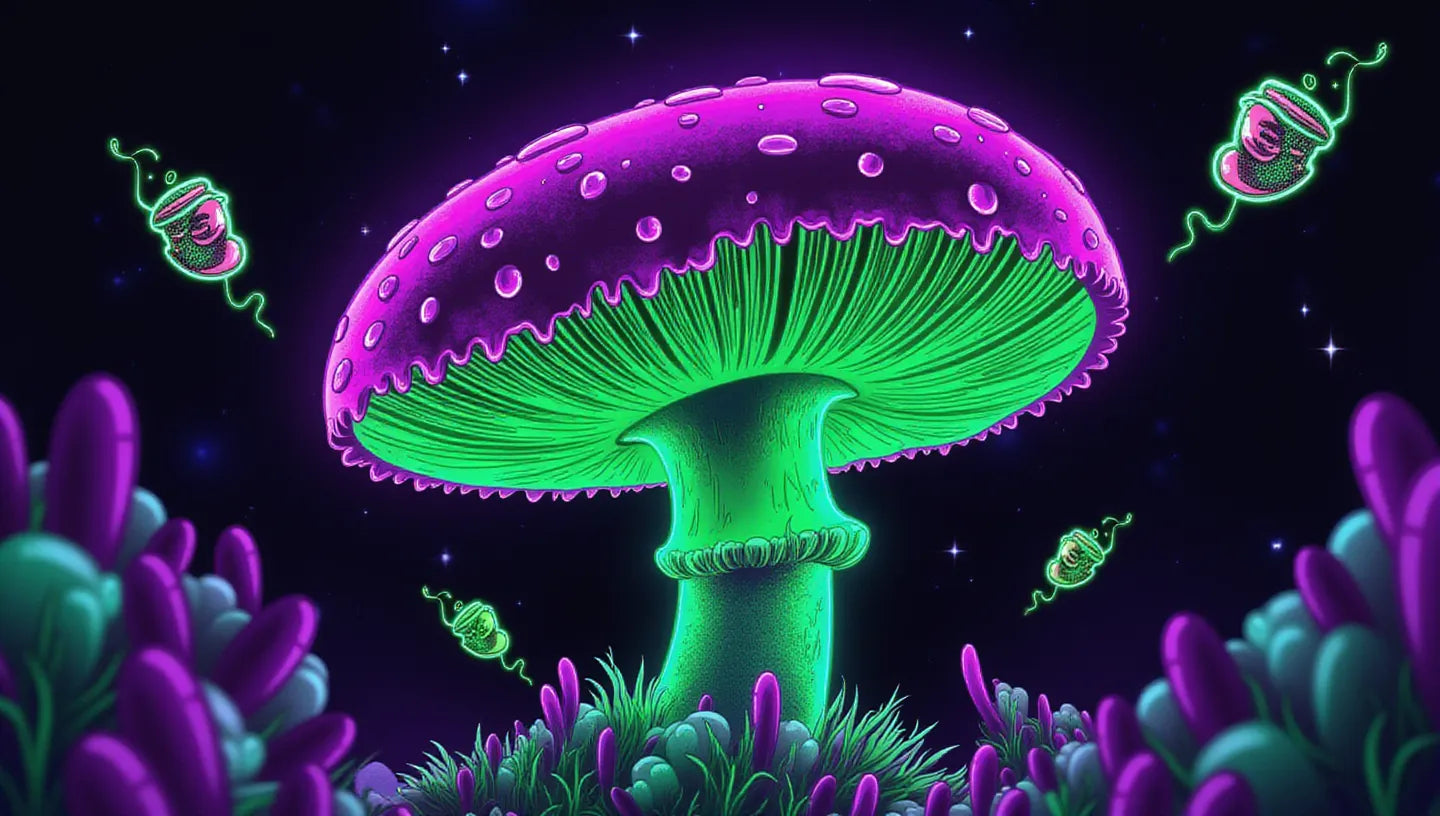
Fertile Surface in Fungi: What Is Hymenium?
Learn how the hymenium, the fertile surface of gills, pores, and spines—drives spore production, mushroom identification, and stronger yields from your grow kits.
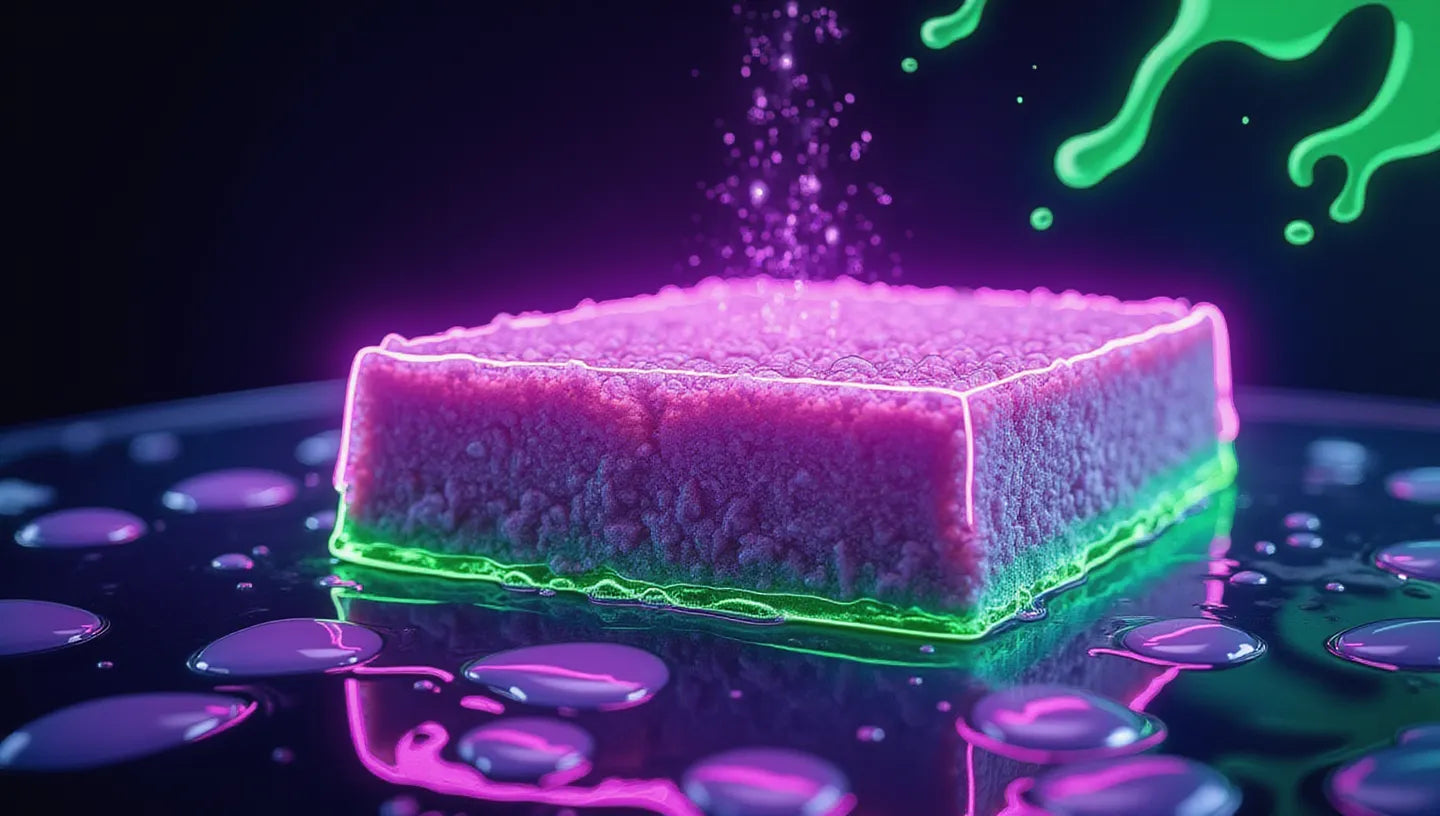
Dunking Mushrooms: Is It Worth the Effort?
Learn how dunking rehydrates mushroom blocks, boosts yields, reduces stalled flushes, and helps maintain strong, healthy mycelium for better home cultivation.

Cutis
Learn what the cutis is, how its layers protect the body, and why fungi have their own “cutis” that helps scientists create new biomaterials.
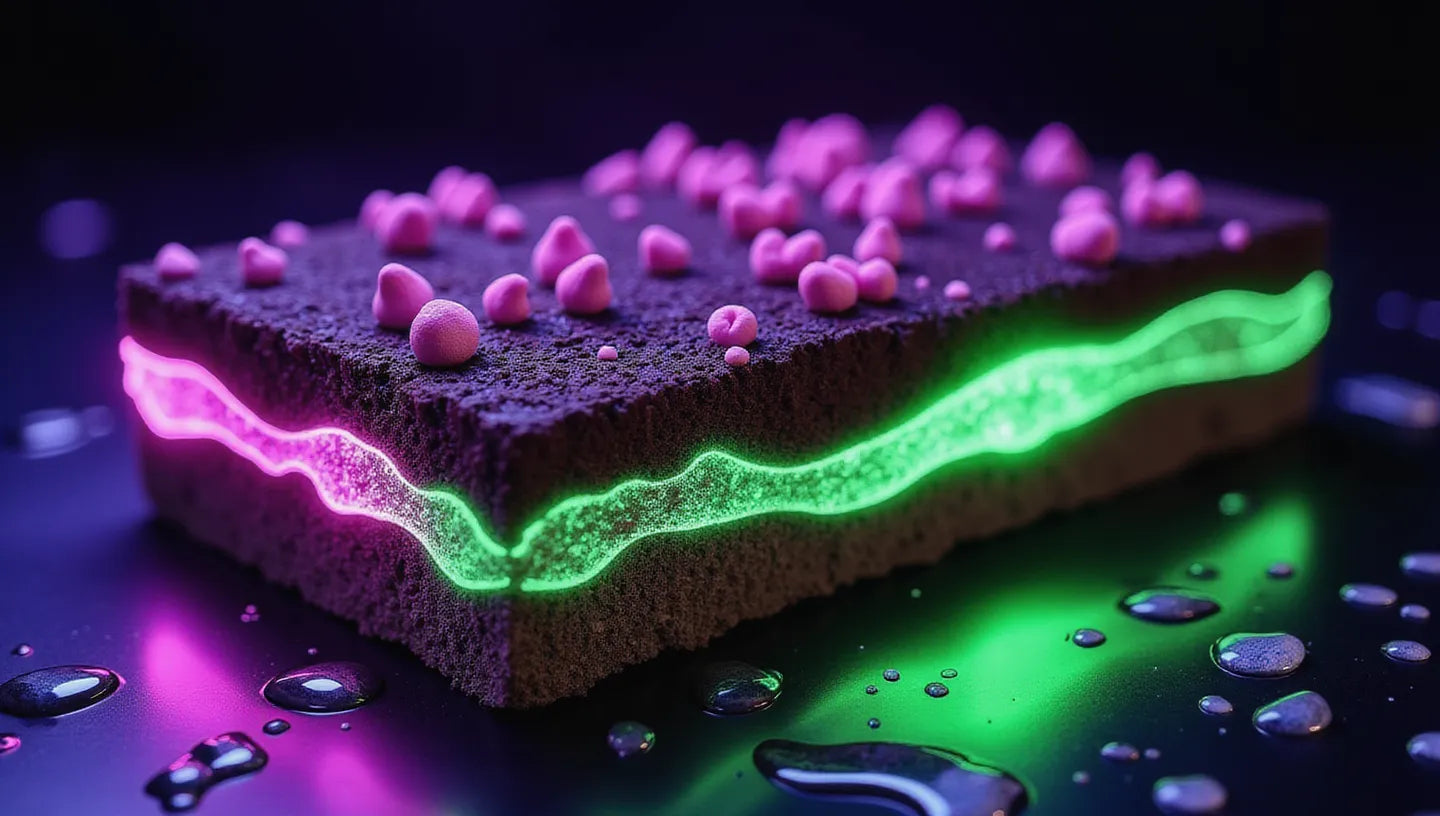
Casing Layer
Learn how non-nutritive casing layers boost yields, trigger pinning, and protect Agaricus and other soil-loving mushrooms in home and commercial grows.

Cap (Pileus)
Discover how mushroom caps form, function, and influence spore release, identification, and growth—key knowledge for growers, foragers, and mycology enthusiasts.
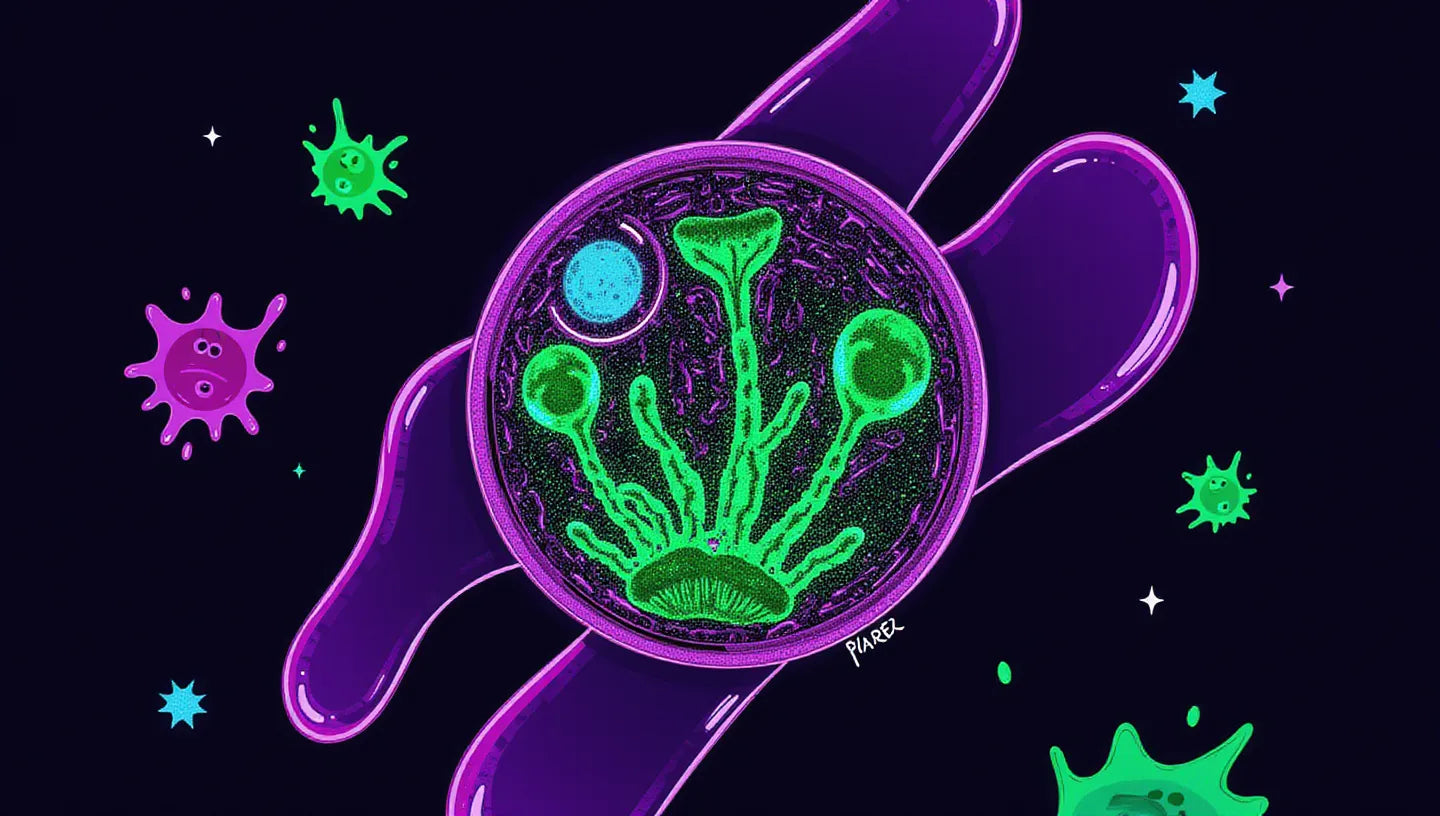
Clamp Connections
Learn how clamp connections in basidiomycete fungi keep nuclei balanced, support mushroom reproduction, and help growers spot healthy, fruiting mycelium.
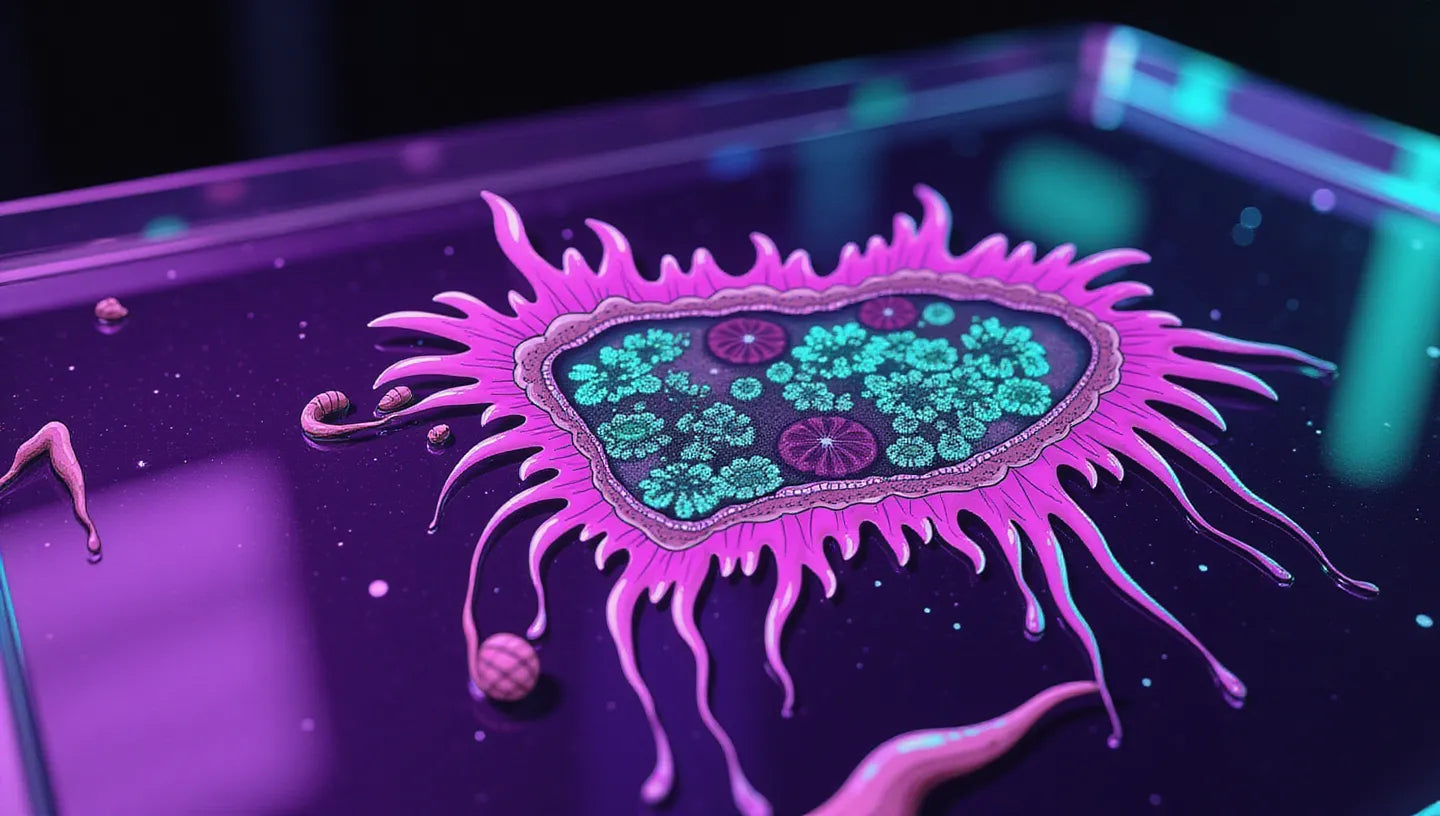
KOH Test: Is It the Key to Detecting Fungal Infections?
Learn how the KOH test offers a fast, low-cost way to spot fungal infections and mold contamination for clinicians, growers, and home mycologists.

